detail profile luis ospina
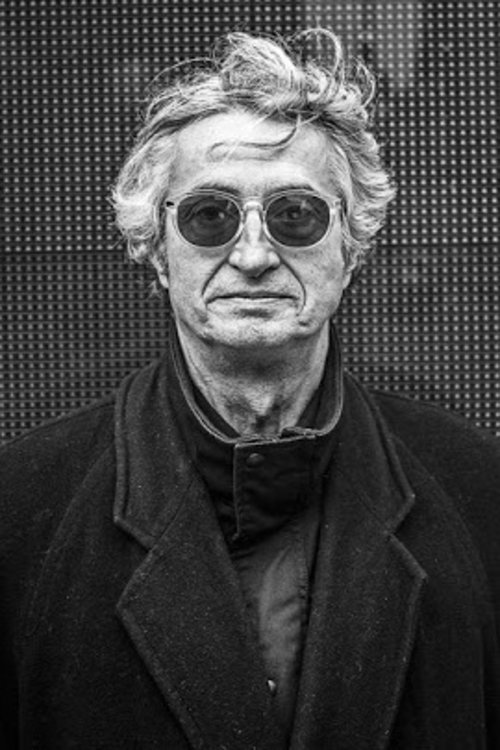
Riwayat Hidup
Luis Ospina (14 June 1949 – 27 September 2019) was a Colombian film director.
He is one of the founders of Caliwood film movement along with Carlos Mayolo and Andrés Caicedo.
Info Pribadi
Peran Yang Di Mainkan Luis Ospina
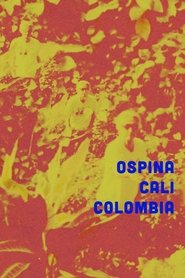 An encounter in Lisbon with Colombian...
An encounter in Lisbon with Colombian...Ospina Cali Colombia 2024
An encounter, in Lisbon, with Colombian filmmaker Luis Ospina (1949- 2019). He talks about the troubled modern history of Colombia, while remembering his life and work: his childhood, the early affinity with cinema, his time in the United States, his comeback to his birth country, and the foundation of Grupo de Cali, alongside Carlos Mayolo and Andrés Caicedo.
 Mudos testigos is a cinematographic collage...
Mudos testigos is a cinematographic collage...Silent Witnesses 2023
Mudos testigos is a cinematographic collage made from all the surviving material of Colombian silent films, re-editing the images in such a way as to create a single imaginary film: the impossible love story of Efraín and Alicia that traces the convulsive first half of the twentieth century in Colombia. Compiled by the late Luis Ospina and finished posthumously by Jeronimo Atehortúa.
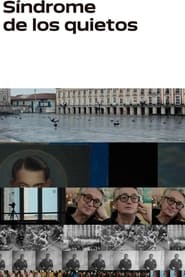 In 2018 a group of filmmakers calling...
In 2018 a group of filmmakers calling...The Stillness Syndrome 2021
In 2018, a group of filmmakers calling themselves "Los Quietos" set out to make a film essay on a hypothetical syndrome of stillness in the Republic of Colombia. To this end, they invite Colombian documentary master Luis Ospina, presidential candidate Gustavo Petro and writer Juan Gabriel Vásquez to give them clues to delve into the history, geography and idiosyncrasy of Colombia, a country that, paradoxically, has very little of stillness. For unknown reasons, the project remained unfinished.
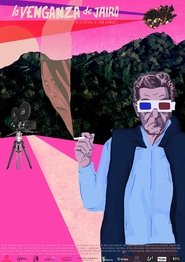 Jairo Jos Pinilla Tllez is the...
Jairo Jos Pinilla Tllez is the...Jairo’s Revenge 2019
Jairo José Pinilla Téllez is the pioneer of suspense and science fiction in Colombian film. Pinilla was the first to use special effects in Colombian film and now, at the age of over 70, he is working to finish his last film. This documentary follows Jairo’s footsteps through Colombian film.
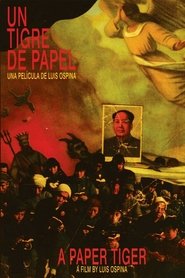 The life of Pedro Manrique Figueroa...
The life of Pedro Manrique Figueroa...A Paper Tiger 2008
The life of Pedro Manrique Figueroa, a pioneer of collage in Colombia, is both incomplete and contradictory. Taking his life and work as a pretext, this mockumentary takes the viewer on a journey through history from the year 1934 up until 1981, when the artist mysteriously disappeared from view.
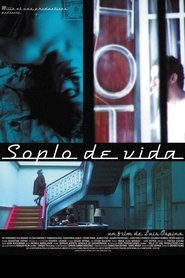 It begins with the tragedy of...
It begins with the tragedy of...Breath of Life 1999
It begins with the tragedy of Armero, during the course investigates the murder of a beautiful woman and on his way some people die in the end a killing and a cemetery. Emerson Roque Fierro, former policeman and private investigator shadowing, investigates the murder of "Golondrina", a beautiful young woman, occurred in a seedy hotel in downtown Bogota. Without knowing who it is, begins to understand their relationships with a motley gallery of men: a corrupt politician, connected to drug trafficking and paramilitary groups, a bullfighter cunning and good for nothing, a boxer fallen on hard times with a force so stupid as rare Lotero intellect and an insightful blind. And in the midst of this, the dark threads entangling power to everyone, and especially the poor Fierro.
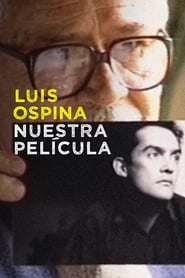 Faced with his imminent death from...
Faced with his imminent death from...Our Film 1993
Faced with his imminent death from AIDS, Colombian artist Lorenzo Jaramillo looks back on his life and work through the five senses.
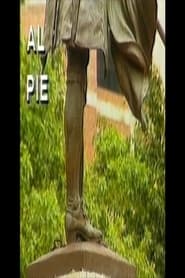 A film about shoeshiners in the...
A film about shoeshiners in the...At Your Feet 1991
A film about shoeshiners in the streets of Cali. A pure piece of direct cinema in the first installment of the crafts trilogy.
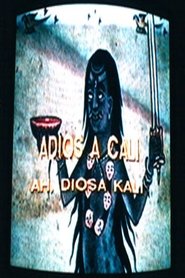 This twopart documentary series made for...
This twopart documentary series made for...Goodbye to Cali 1990
This two-part documentary series made for regional television captures a crucial moment in Cali and Ospina's relationship with its city: a crossroads where the break with the city of youth becomes inevitable and painful. The first part, Cali plane X plane, is a counterpoint of image and sound on the destruction of architectural heritage. The second, Goodbye to Cali / Ah, Goddess Kali !, brings together the opposing testimonies of local artists who have dealt with the theme of the city and the devastators who have insisted on destroying it.
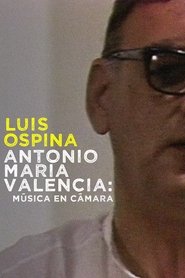 Portrait of the Colombian composer and...
Portrait of the Colombian composer and...Antonio María Valencia: Music on Camera 1987
Portrait of the Colombian composer and pianist, one of his country’s most important classical musicians in the twentieth century.
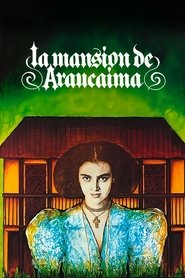 In an old and mysterious tropical...
In an old and mysterious tropical...The Manor of Araucaima 1986
In an old and mysterious tropical mansion cohabit the supposed owner, a friar, a convalescent pilot, the Haitian servant, the mercenary guardian and the Machiche, a mature and dominant female. A young model arrives there to unleash all kinds of passions.
 August 6 1956 during the military dictatorship of...
August 6 1956 during the military dictatorship of...Bloody Flesh 1983
August 6, 1956 during the military dictatorship of Rojas Pinilla. A military convoy loaded with dynamite explodes in the center of Cali, destroying a good part of the traditional buildings of the city and exposing the roots of some houses that for years had kept the secret stories of their inhabitants.
 Two filmmakers travel around impoverished sectors...
Two filmmakers travel around impoverished sectors...The Vampires of Poverty 1978
Two filmmakers travel around impoverished sectors of the cities of Bogotá and Cali in search of the images of abjection needed to complete a documentary commissioned by German TV. Meanwhile, another camera captures these “vampire” filmmakers feeding off the misery of their marginal subjects.
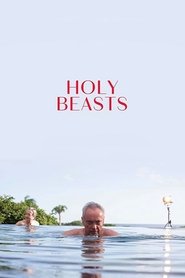 Remembers an artist in the form...
Remembers an artist in the form...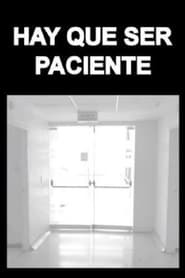
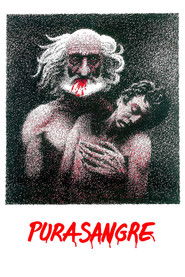 Roberto Hurtado suffers from a rare...
Roberto Hurtado suffers from a rare...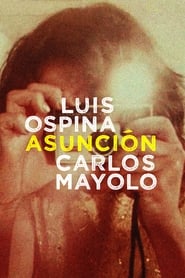 The vengeance of a housemaid against...
The vengeance of a housemaid against...